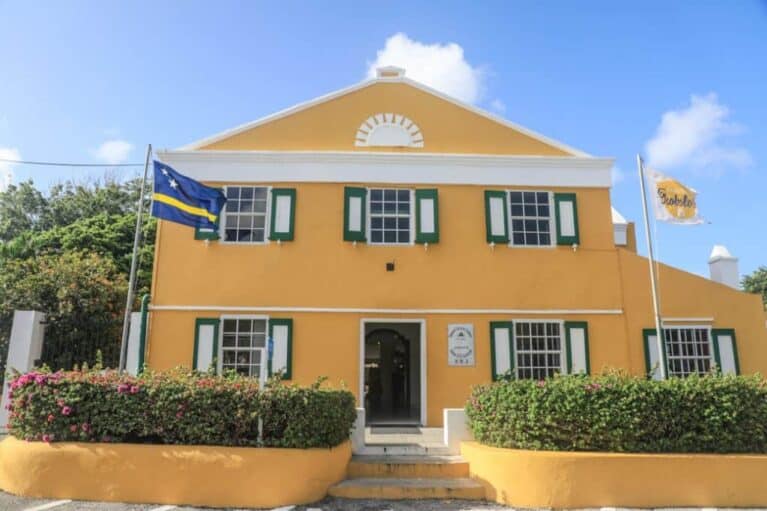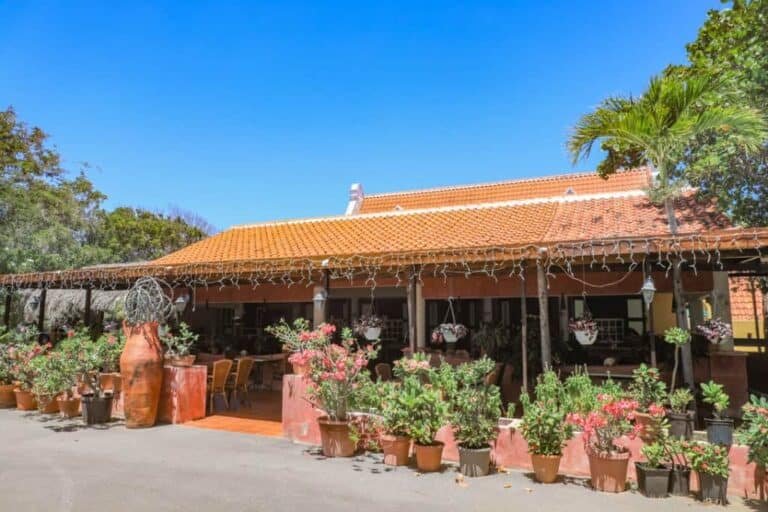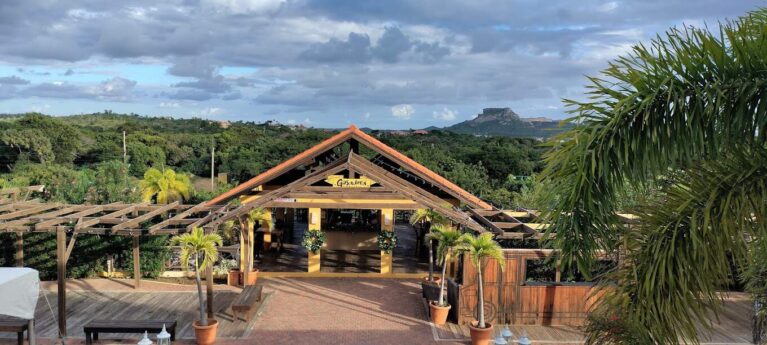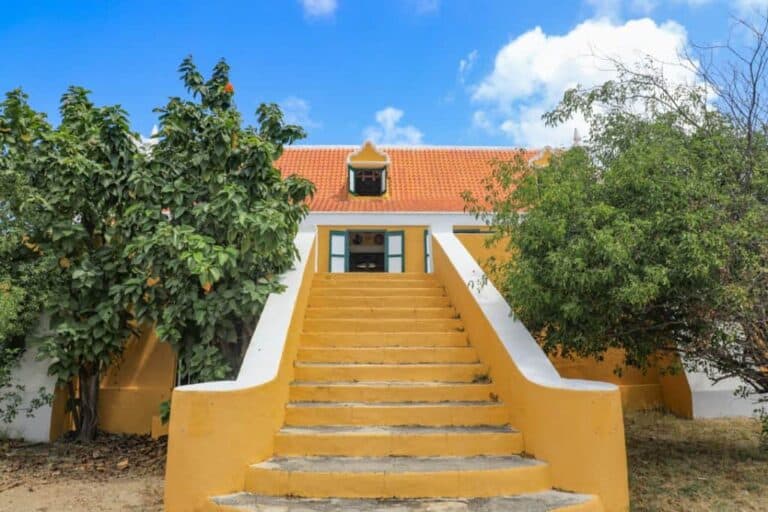
Landhuis Chobolobo’s Unique History
Your Essential Guide to Landhuis Chobolobo – For an intriguing blend of history and local flavor, Landhuis Chobolobo stands as a must-visit destination on the beautiful island of Curacao. CuracaoTodo.com, the leading source for tourist information on the island, invites you to explore this historic estate, renowned for its connection to one of the most famous liqueurs in the world: Blue Curacao.





















